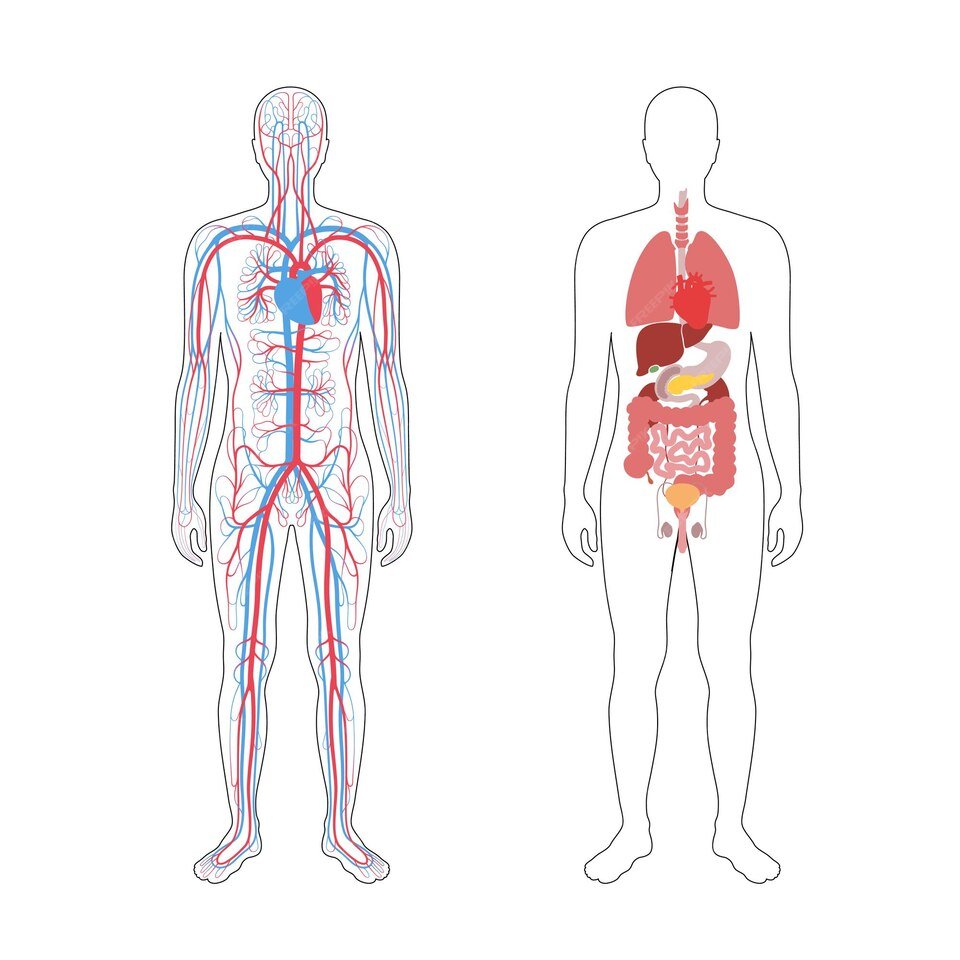Arteriograph & Diabetology
Aortic pulse wave velocity (PWVao) is a powerful independent predictor of mortality in both Diabetes and glucose intolerance test population samples. In displacing systolic blood pressure as a prognostic factor, aortic pulse wave velocity represents a useful integrated index of vascular status and hence cardiovascular diseases. Considering the Diabetes as a vascular disease, the measurement of the aortic stiffness plays an extremely important role in evaluation of the special cardiovascular risk patients.
Use Arteriograph to
- Measure the arterial stiffness in diabetic patients.
- Evaluate the endothelial function affected by high glucose concentration.
- Assess the risk of future cardiovascular events.
Scientific Publications
1. Arterial Stiffness Is Associated with Peripheral Sensory Neuropathy in Diabetes Patients in Ghana
Coexistence of Cardiovascular and microvascular diseases are among the major causes of death in diabetes patients. Peripheral sensory neuropathy (PSN) in the lower limbs is a classic example of microvascular complication. This study investigates the association between PSN and pulse wave velocity as a marker of arterial stiffness measured by Arteriograph. Vibration perception threshold, marker of PSN, was measured by neurothesiometery.
Results revealed that PSN patients have higher levels of PWVao compared to non-PSN participants. Hence, it could be expected that stiffness in the peripheral arteries can affect the peripheral nerves as well.
2. Comparison of Arterial Stiffness Parameters in Patients With Coronary Artery Disease and Diabetes Mellitus Using Arteriograph
Type 2 diabetes (T2D) is a chronic disease and the response to diminished insulin which characterised by high levels of sugar in the blood. Moreover, arterial stiffness is varied in patients with T2DM which could be easily seen by checking Augmentation Index (AIx).
This study consists of 524 samples, including 186 CAD, 152 T2DM patients and 186 control people who examined by using Arteriograph. Results showed quite higher PWVao in the CAD comparing & T2DM & control group. But interestingly, T2DM patients showed reduced AIxao when comparing to CAD patients. The decreased augmentation index in case of T2DM patients could be explained based on the existence of T2DM hyperinsulinemia, which produces increased sympathetic activity and consequently, lowers the AIx.
Therefore, implementation of arterial stiffness measurements non-invasively in daily clinical routine for patients suffering from CAD and T2DM is highly recommended.
3. Arterial stiffness in hypertensive and type 2 diabetes patients in Ghana: comparison of the cardio-ankle vascular index and central aortic techniques
Diabetes, obesity, and hypertension are all common complications, lead to further macro and micro-vascular diseases. Arterial Stiffness is believed to be a powerful predictor of such complications by early detection of adverse structural and functional changes in vessel wall.
Several methods have been introduced to evaluate arterial stiffness, between which aortic Pulse Wave Velocity (by Arteriograph) and Cardio-Ankle Vascular Index (by Vasera 1500 N) are well known. In case of CAVI the parameter of stiffness is calculated using heart- ankle pulse wave velocity and blood pressure.
Result showed that hypertensive T2D patients had the highest PWVao and CAVI, greater than those with T2D only and hypertension only.
From which it has been concluded that these parameters are useful tools for screening and discrimination of cardiovascular risk status and may offer a more precise choice of treatment compare to blood pressure only.



